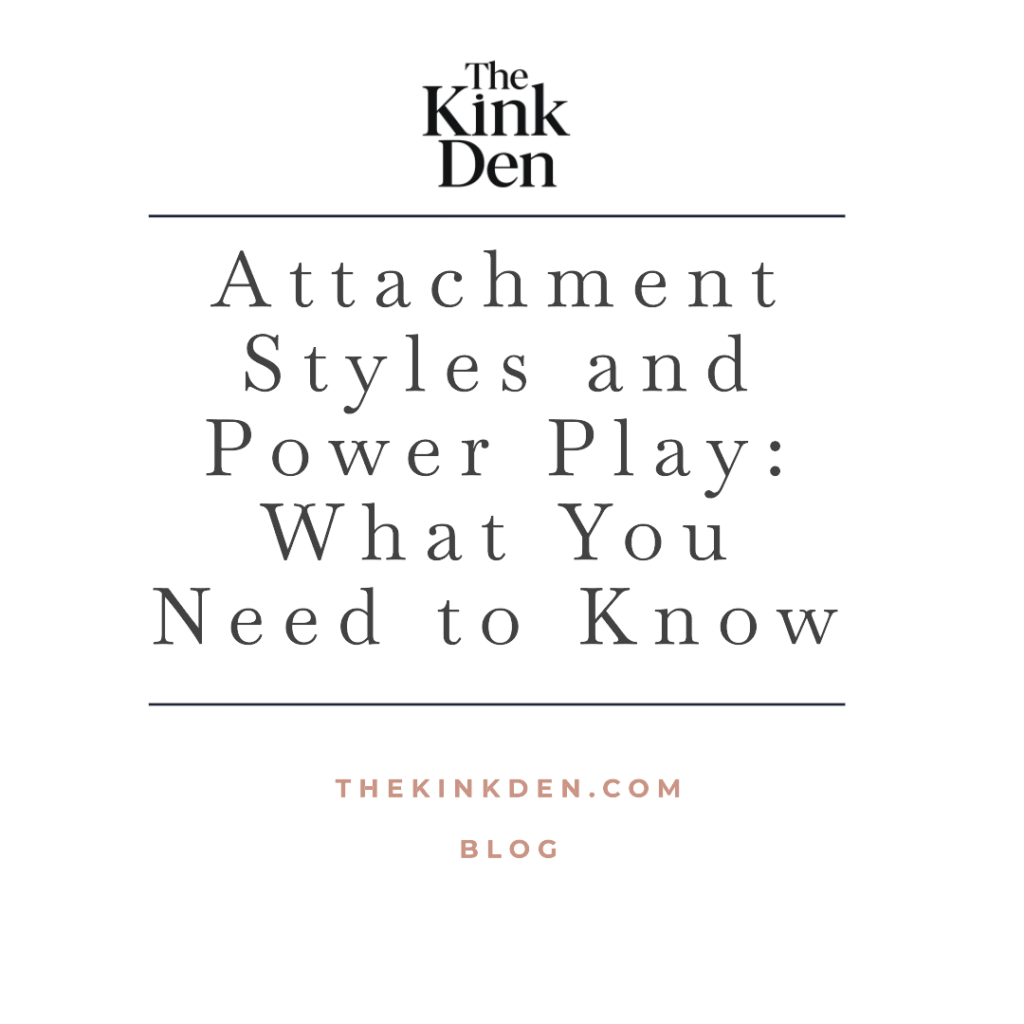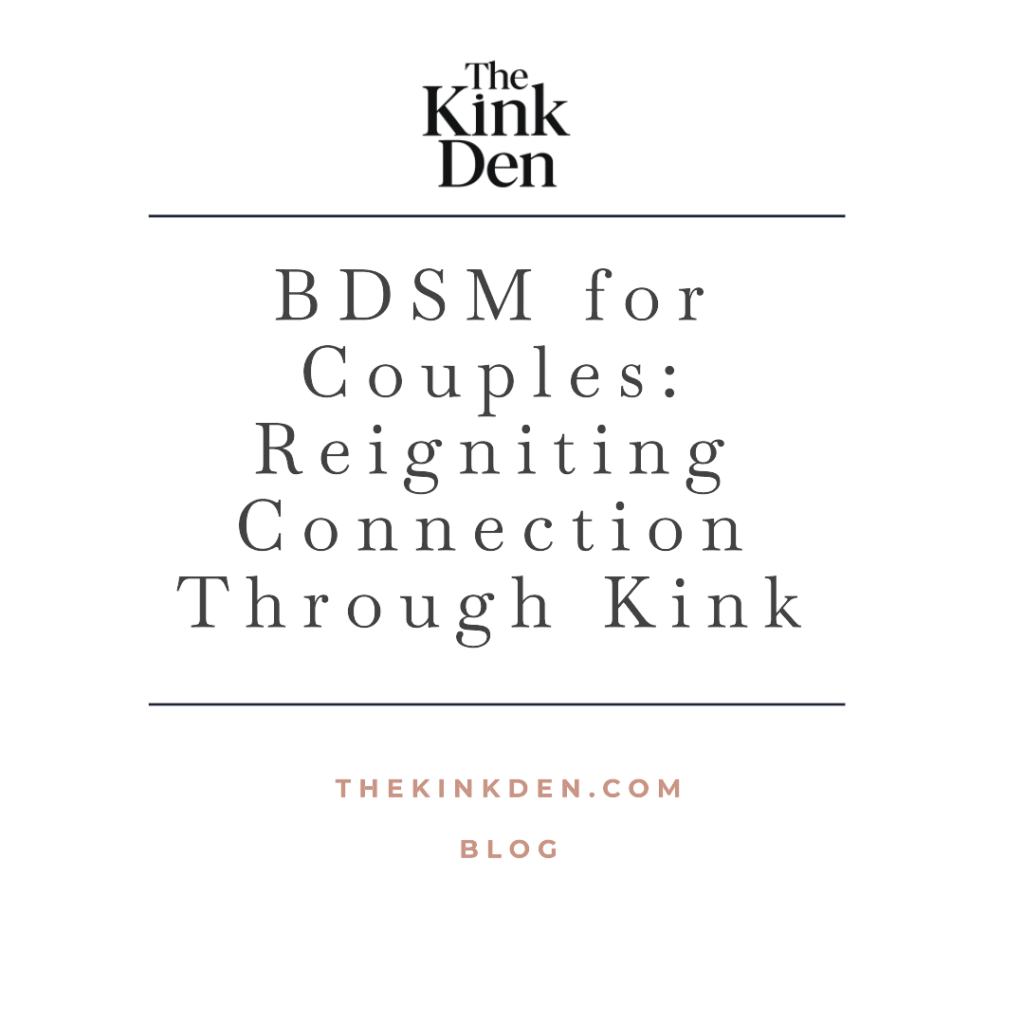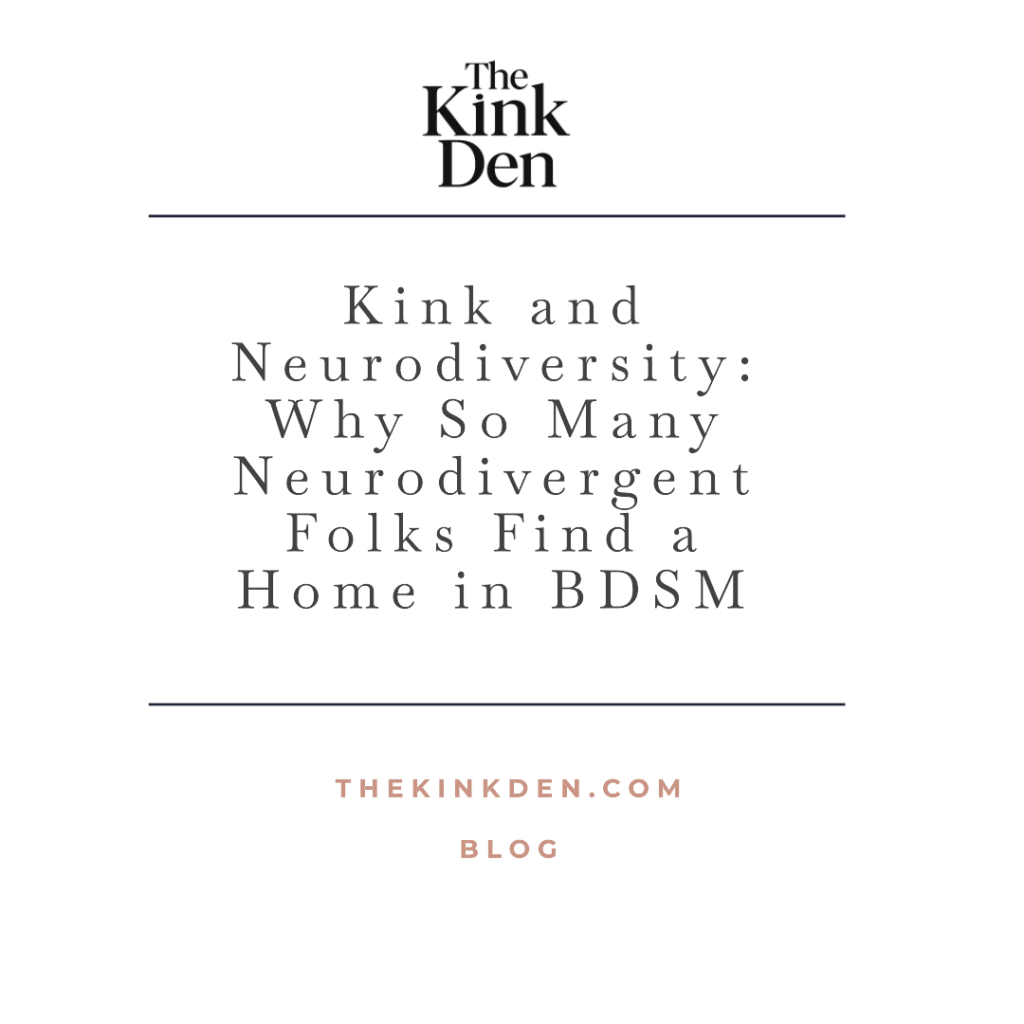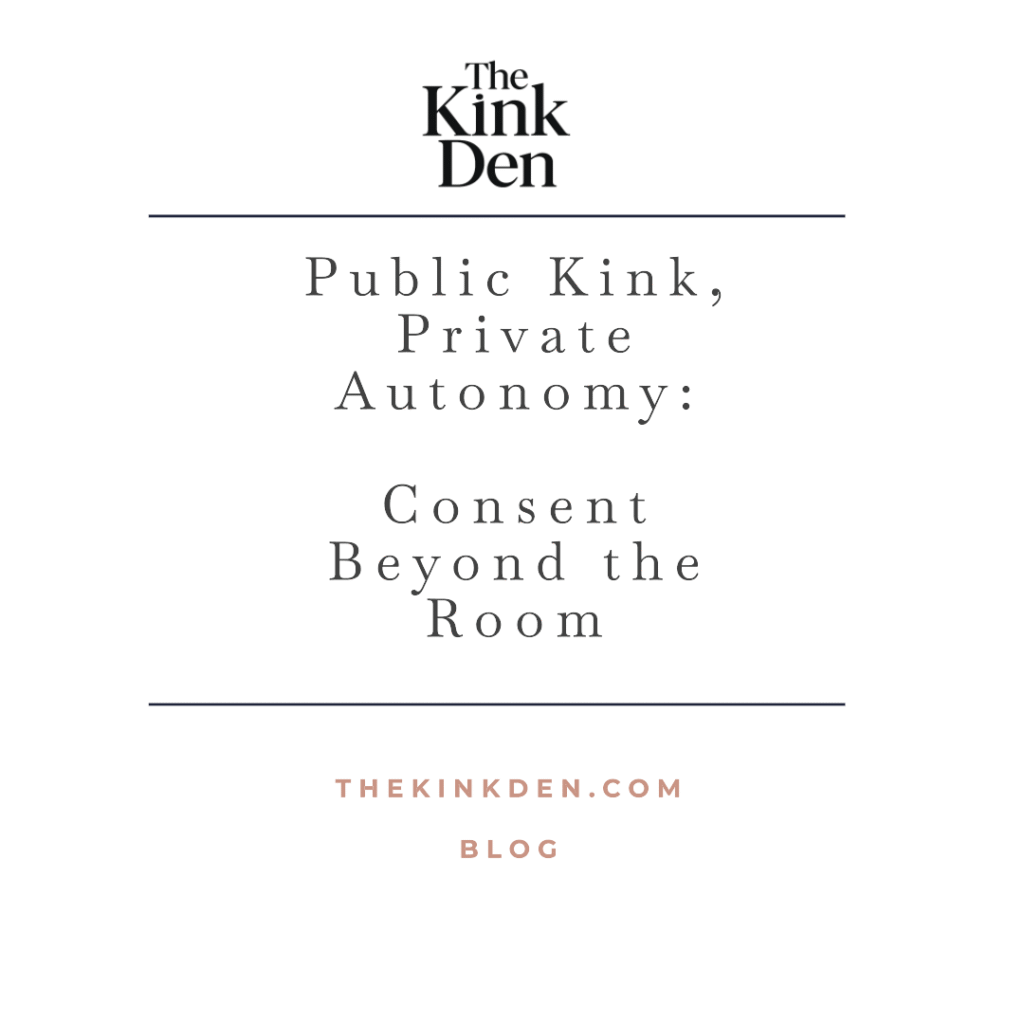Kink isn’t just about ropes, rituals, or roles. Beneath every power exchange is something even more personal-how we connect. Understanding your attachment style can reshape how you approach dominance, submission, intimacy, and emotional safety in kink. It helps you build dynamics that feel not only hot, but also deeply grounded and secure.
In this article, we’ll break down the basics of attachment theory, show how each style can show up in BDSM play, and share ways to navigate power exchange with greater emotional insight. Whether you’re secure, anxious, avoidant, or somewhere in between, this is what you need to know before tying the first knot or taking control.
What Are Attachment Styles?
Attachment theory explains how we bond with others based on our early emotional experiences-usually with caregivers. These patterns shape how we give and receive love, how we respond to conflict, and how safe we feel opening up.
The four main styles in adult relationships are:
- Secure: Balanced, open, comfortable with closeness and space
- Anxious: Craves closeness, worries about rejection or not being enough
- Avoidant: Values independence, avoids emotional vulnerability
- Disorganised (also called fearful-avoidant): Torn between wanting intimacy and fearing it
These styles don’t disappear when kink comes into play. In fact, BDSM can amplify them-both the helpful parts and the tricky ones.
How Attachment Styles Show Up in Kink
Kink brings intensity. Scenes involve power, vulnerability, trust, and sometimes emotional edgework. It’s no surprise that attachment patterns often rise to the surface-especially in dynamics like Dominance and submission (D/s), Total Power Exchange (TPE), or long-term scenes that involve high emotional stakes.
Secure Attachment in Kink
- Comfortable expressing needs and limits clearly
- Recovers quickly from scene drop or emotional overwhelm
- Views submission or dominance as a shared experience, not a test
- Feels safe negotiating, checking in, and setting boundaries
People with secure attachment tend to thrive in power dynamics. They can enjoy both intensity and recovery without fear of rejection or loss. Their stability often helps regulate and support more reactive partners.
Anxious Attachment in Kink
- May seek validation or reassurance through submission or obedience
- Fears being abandoned after a scene or during emotional space
- Struggles with self-worth when not actively “serving” or receiving attention
- May have difficulty trusting that they are still wanted without constant affirmation
For anxious partners, kink can offer ritualised intimacy-but it can also trigger fear. Clear communication, defined structure, and proactive aftercare can help reduce spirals of self-doubt and bring more confidence to the dynamic.
Avoidant Attachment in Kink
- Struggles to express emotional needs but may excel at planning and control
- May disconnect emotionally after a scene, viewing aftercare as unnecessary
- Can intellectualise kink or stick to technique to avoid emotional vulnerability
- Might feel uncomfortable with prolonged closeness or emotional processing
Avoidant players may find comfort in the structure of D/s roles-but long-term dynamics can feel smothering if emotional boundaries aren’t respected. They often benefit from slower pacing, solo processing time, and clearly negotiated check-ins that feel collaborative rather than intrusive.
Disorganised Attachment in Kink
- Swings between intense closeness and sudden emotional shutdown
- Craves intimacy but fears being hurt or losing control
- May re-enact trauma unconsciously in scenes or relationship patterns
- Can struggle with consistency, boundaries, or post-scene drop
This attachment style often stems from unresolved trauma. While powerful D/s relationships can offer healing, they also require high levels of communication, self-awareness, and external support like therapy or coaching. Disorganised attachment isn’t a dealbreaker-but it deserves mindful attention.
How to Work With Your Attachment Style in Kink
Attachment awareness isn’t about putting yourself in a box. It’s about using your emotional patterns to make smarter decisions about what kind of scenes and partners are truly aligned with your nervous system and emotional needs.
- Secure style? You may be a grounding force. Use your steadiness to support negotiation and clear communication.
- Anxious style? Practice asking for reassurance and structure without shame. Pre-agreed check-ins and aftercare help a lot.
- Avoidant style? Work on softening your language and being open to intimacy at a pace that feels safe. You’re allowed to take your time.
- Disorganised style? Consider working with a kink-aware therapist alongside your play. Focus on consistency and repair, not perfection.
Scenes Are Emotional Spaces-Not Just Physical Ones
Your attachment style can influence how you respond before, during, and after a scene. That includes:
- How you ask for what you want
- How you handle drop
- Whether you need closeness or space after play
- How you interpret a partner’s silence, emotional tone, or physical absence
When things feel “off” or emotionally intense, don’t just look at what happened physically. Ask what attachment need might be activated underneath. Often, it’s not about the flogger-it’s about the meaning, care, or perceived distance within the power exchange.
How to Talk to Your Partner About Attachment Styles
You don’t need to turn your play partner into your therapist. But inviting awareness can deepen trust and prevent misunderstandings.
“I’ve been learning about attachment styles and how they show up in relationships. I think mine is a bit [insert style], and I notice it sometimes affects how I feel after play. Would you be open to talking about how this shows up for you too?”
Use gentle, non-blaming language. Make it a shared exploration, not an accusation. And if your partner isn’t ready or interested in diving in deep, you can still use the insight to manage your own emotional responses more mindfully.
Attachment Isn’t an Excuse-But It Is a Lens
Understanding your attachment style doesn’t give you a free pass to ignore boundaries, ghost partners, or expect others to manage your emotions. But it does give you a powerful lens through which to understand your triggers, your patterns, and your healing edges.
It helps you bring intention to your play-and that’s what separates conscious kink from chaotic kink.
Want Help Exploring This Safely?
At The Kink Den, we believe emotional intelligence is just as important as impact technique. If you want to explore power play from a place of confidence, consent, and care, sign up to our newsletter and get our free BDSM Beginner Guide.
The guide includes:
- Consent and negotiation scripts
- Must-have safety tips
- Scene-starter ideas and red flag reminders
You don’t have to figure this out alone-and you don’t need to be “secure” to deserve safe, affirming, exciting kink.
Final Thoughts
Your attachment style doesn’t define your capacity to be a good Dominant, submissive, or switch. It’s just information-an emotional compass. The more you understand it, the more you can shape your dynamics in ways that feel aligned, supportive, and genuinely thrilling.




